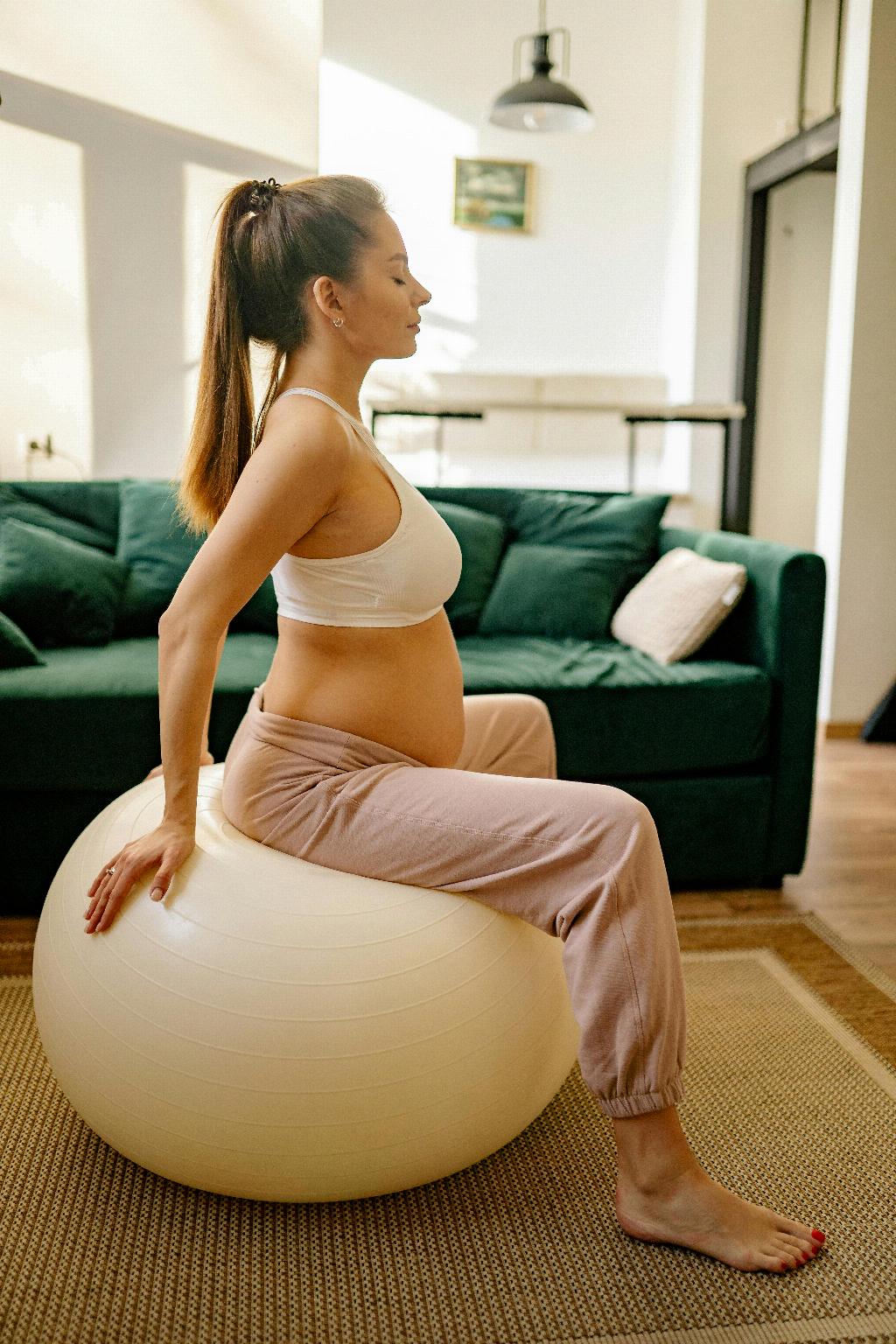Many expecting mothers wonder whether it is safe to incorporate squats into their prenatal exercise routine. According to experts, squats can be not only safe but also highly beneficial for pregnant individuals. DeGrace emphasizes that squats are a low-impact exercise that can help strengthen the pelvic floor muscles, which play a crucial role during pregnancy and childbirth.
It is essential to listen to your body and consult with your healthcare provider before starting any new exercise regimen during pregnancy. However, in general, squats are considered safe for most pregnant individuals, as long as they are performed with proper form and technique. Maintaining good posture and alignment is key to preventing any strain or injury while squatting.
One of the significant benefits of squat exercises during pregnancy is their ability to improve hip mobility. As the body undergoes changes to accommodate the growing baby, hip mobility can become compromised. Squats help to keep the hip joints flexible and functional, which can aid in reducing discomfort and maintaining overall mobility throughout pregnancy.
In addition to strengthening the pelvic floor and improving hip mobility, squats can also enhance blood circulation throughout the body. Better circulation is essential during pregnancy to support the increased demands on the cardiovascular system and to promote overall health and well-being for both the mother and the baby.
When performing squats while pregnant, it is crucial to pay attention to your body’s cues and modify the exercise as needed. As the pregnancy progresses, adjustments such as widening the stance or reducing the depth of the squat can help accommodate the changes in the body’s center of gravity and minimize any discomfort or strain.
While squats are generally safe for most pregnant individuals, there are some cases where caution should be exercised. If you have specific pregnancy-related complications or concerns, such as a history of preterm labor or certain medical conditions, it is vital to consult with your healthcare provider before engaging in squat exercises or any other physical activity.
It is also essential to gradually introduce squats into your prenatal workout routine if you were not doing them before pregnancy. Starting with a few repetitions and gradually increasing the volume can help your body adapt to the exercise and prevent excessive strain or fatigue.
Proper breathing techniques are also crucial when performing squats during pregnancy. Maintaining steady breathing and avoiding breath-holding can help stabilize the core muscles and support the body during the exercise. Focus on inhaling during the descent and exhaling during the ascent of the squat movement.
Overall, incorporating squats into your prenatal fitness routine can offer numerous benefits for both you and your baby. From strengthening the pelvic floor muscles to improving hip mobility and enhancing blood circulation, squats can be a safe and effective exercise option during pregnancy, provided they are performed mindfully and with proper form.
Remember to always listen to your body, consult with your healthcare provider, and make any necessary modifications to ensure a safe and comfortable workout experience. By incorporating squats into your pregnancy exercise routine, you can support your overall physical health and well-being throughout this special time in your life.

